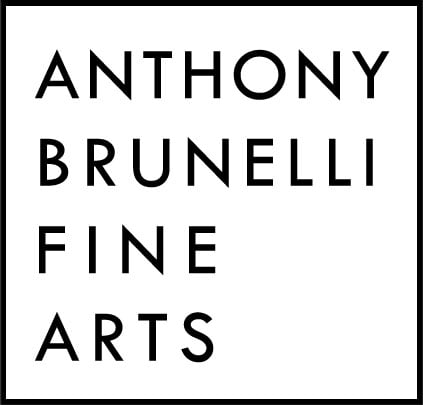Artist Roger Watt was featured the November 2020 RailFan.com’s, “Portraits of Railroading: Night Trains,” compiled by James D. Porterfield.
Artist Roger Watt stands with his drawings.
Excerpt from the feature and interview:
My first encounter with the art of Roger Watt produced more skepticism than anything. Yes, his work is crisp and recognizable. His topics are both authentic and mysterious. The sum is excellence. But the image itself had to be a black & white photograph. I wrote to confront him on this matter (perhaps that’s why I’ve had 12 major employers over my lifetime). Roger very politely responded with a series of images, one of which is presented here, detailing how his work evolves from a blank sheet of paper to a remarkable likeness, both in its detailing and content; a work of art executed in graphite.
His kind willingness too indulge me further results n one of his works being included in the Portraits of Railroading feature elsewhere in this issue (pages 46-51), He also took the time to answer a few questions from his home in Vancouver, B.C.
R&R: How did you become an artist and what is it about railroads that draws you to them as a subject?
Roger: My late father was responsible for my love of drawing and railways. An accomplished artist himself, he was an account director and illustrator in the advertising industry in London in the 1950s and started me off drawing when I was four. I inherited his love of graphite, which has stayed with me to this day, becoming even more intense over the years as I struggled to perfect my technique and challenge myself with increasingly complex and atmospheric imagery.
Two events have been pivotal in my drawing career. The first was when one of my drawings of a steam locomotive was selected for the Royal Academy Summer Exhibition in 2003. My first thought was that my dad would have been so pleased, and my second was how fortunate I was to have a steam locomotive drawing hanging in the same gallery where my hero J.M.Q. Turner’s famous, “Tain Steam & Speed” and been exhibited.
The Second pivotal event was my fist solo show in New York at the renowned O.K. Harris Gallery, during which a drawing of a derelict steam engine was purchased by the owner, Ethan Karp; his father Ivan was responsible for discovering Andy Warhol and establishing O.K. Harris as one of the premier galleries in the city.
R&R: Why graphite as a medium?
Roger: There is something intensely satisfying in creating highly finished images from the most basic of materials, i.e., pencil and paper, and this purist aspect extends to me not using any burnishing, smoothing, or blending tools. Not that I’ve got anything against them, but for me, every square inch of my drawings has to be the action of a constantly sharpened point of a hard H-grade pencil which kind of “engraves” the image into the board and provides a consistent overall matte finish, free of the reflective quality which soft B pencils give the dark areas.
R&R: How does your use of graphite influence what you choose to portray in your works?
Roger: I only draw from my own photographs and very much “in the now,” as I want each image to be a moment that I have actually experienced and captured myself. “Each a glimpse and gone forever,” to quote the last line of Robert Louis Stevenson’s evocative poem “From A Railway Carriage.” There needs to be an industrial feel, too (even in my non-railway drawings), and while I have fond memories of childhood transporting and I am very interested in all aspects of railway history, recreating thee past through my drawing is not something that has ever appealed to me. I’ve always loved drawing from like and I was fortunate enough to have an inspirational drawing tutor in art school who, having studied at the Slade School in London, taught us to draw what we see and not what we think we see, using careful measurement and fixing points for obtaining accuracy. This seemed so logical to me that I embraced it totally, along with my tutor’s dictum that “there is no point in putting anything down on paper unless it’s right,” something I’ve carried with me throughout my creative career as an art director, graphic designer, typographer, photographer, and, probably most crucially, artist.



